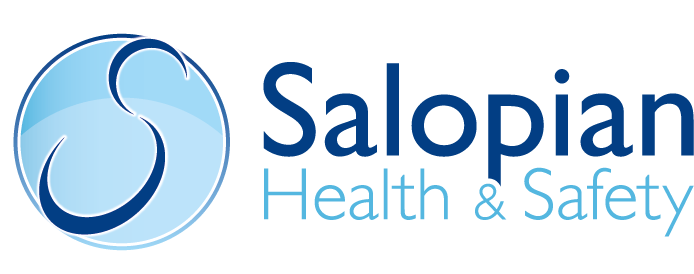
Working From Home – The New Normal – Top Tips To Reducing Risks
Working from home has become the new norm whilst trying to reduce the transmission of COVID-19 during the pandemic particularly now we are in Lockdown No 3.

Without effective planning, self-discipline and a lot of self-motivation, home working is not always as glamorous and appealing as it was thought to be, back in those days of when having to leave your home each day to go to work pre COVID-19.
Below are some handy tips to try to ensure you are not only safe whilst working at home, but you also have a healthy mind:
- Ensure you have a suitable environment for homeworking – quiet, free from distractions, suitable workstation, adequate lighting and ventilation. Ensure your electrical equipment is suitable for use and has been regularly PAT tested.
- Plan your day to ensure you are not putting unnecessary pressure on yourself. Are your expectations realistic? Consider the needs of others in your home and their demands on your time.
- Take regular breaks. Have time away from screens and move around. This will help to reduce eye strain and musculoskeletal problems. Have that lunch break, get fresh air, you will be far more productive afterwards.
- Manage the expectations of others. Email can be a source of stress, so schedule time to prioritise and respond. Setting an automated email reply outlining your availability may help manage people’s expectations.
- Be disciplined with your time. Technology enables remote working and permits scheduling of work around other responsibilities. However, a danger is when people use this flexibility to work longer and harder. Being ‘always switched on’ can lead to cognitive weariness, headaches, blurred vision, etc. Setting ‘rules of engagement’ for screen time and taking breaks between virtual conferences can help mitigate the impact. ‘Switch off’ from technology used for work to help you recoup your energy and concentration.
- Set boundaries. The boundaries between work and non-work time can become very blurred when homeworking. Establish a routine and stick to planned to finish times. Include a ‘proper’ lunch hour. Adopt an ‘unwinding ritual’ for transitioning between work and home: change your clothes, have a shower, cook a meal, or go for a run. Mindful walking can be a good way to switch off.
- Stay socially connected – this is particularly important if you live alone. Arrange virtual coffee time for a catch up with friends and colleagues. Being connected with others helps to reduce anxiety and depression and improve engagement, motivation and productivity.
- Ensure you regularly review you progress, keep actions lists and have regular check ins with your manager.
By trying to implement the above, or at least by being aware of them, you can maintain healthy sustainable working from home.






